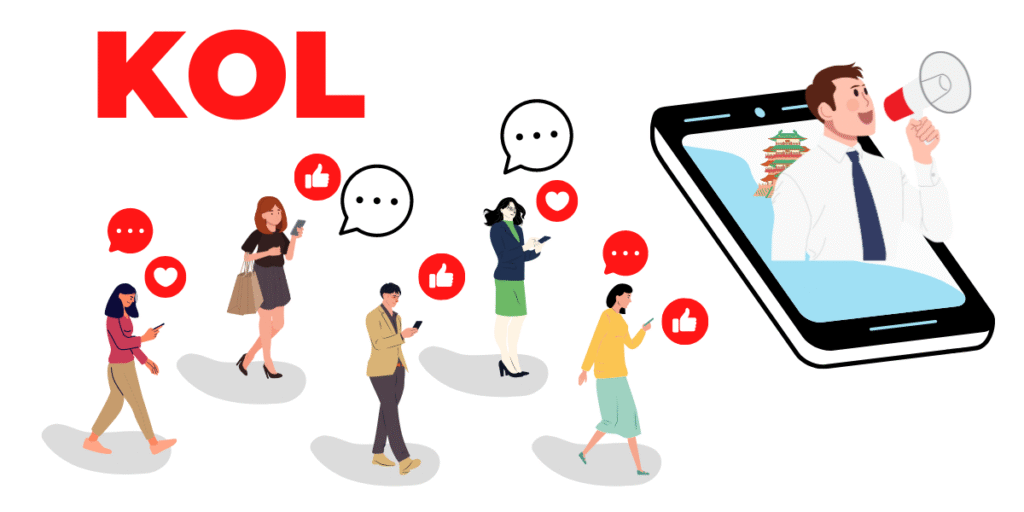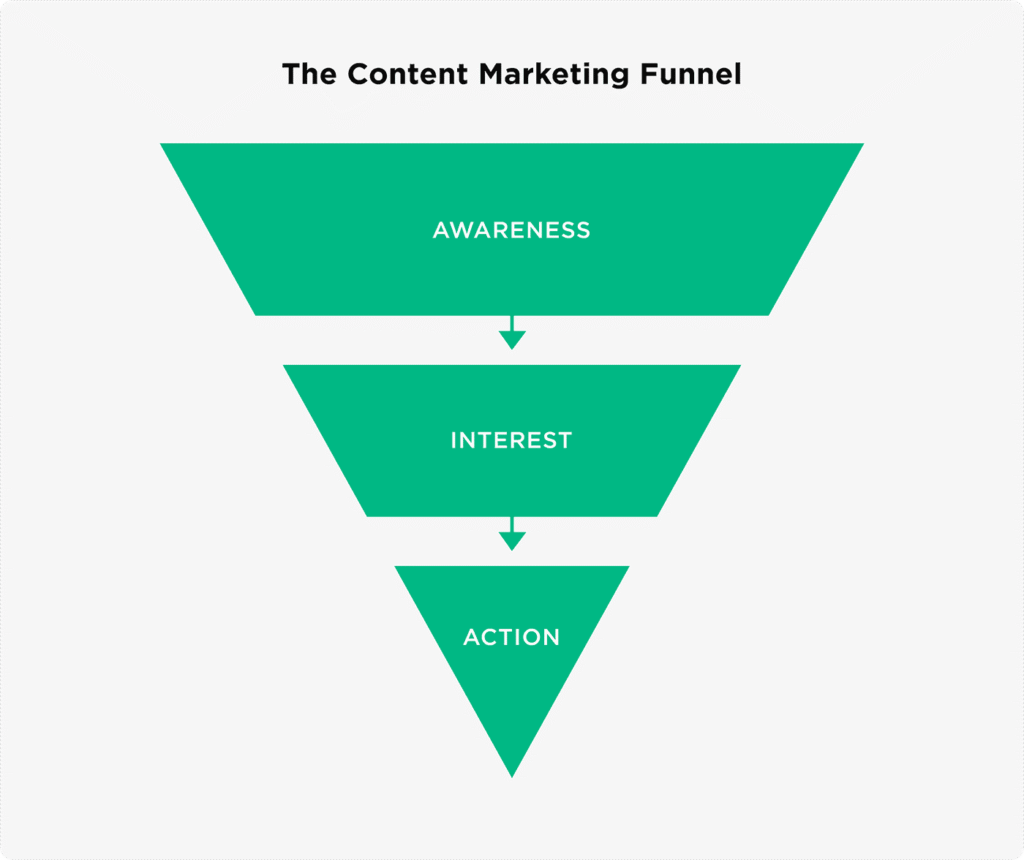Running a Shopify clothing store in 2025 is both exciting and challenging. You may find yourself frustrated by a lack of website traffic. To stand out, you need innovative strategies, a deep understanding of your audience, and clever use of existing digital tools.
In this comprehensive guide, we’ll explore emerging methods for attracting customers to your Shopify clothing store. From leveraging SEO and social proof to using AI chatbots and influencer marketing, we combine practical experience to help you develop a sustainable growth strategy.
Optimize Your Shopify Store for Search Engines (SEO)
Target SEO Keywords: Shopify SEO is the foundation of long-term organic traffic. Begin by identifying relevant keywords for your clothing niche, such as:
- “Affordable streetwear for men”
- “Sustainable fashion brand USA”
- “Shopify clothing store free shipping”
- “Trendy plus-size dresses 2025”
Use tools like Google Keyword Planner, Ahrefs, or Ubersuggest to find long-tail keywords with high intent and low competition.
You need to deploy long-tail keywords in the following locations:
- Add keywords to page titles, meta descriptions, and headers
- Optimize image ALT tags (e.g., “organic cotton black hoodie for women”)
- Ensure URLs are clean and readable
- Improve internal linking between products, blog posts, and collections
Use AI Chatbots to Increase Conversions

Modern AI chatbots can do far more than answer FAQs. A smart AI shopping assistant like ShopMate can:
- Greet visitors 24/7 and answer sizing or shipping questions instantly
- Recommend outfits based on customer preferences
- Guide users through checkout
- Provide multilingual support for global customers
Using an AI chatbot for e-commerce, especially a free one integrated with your Shopify store, reduces bounce rates and enhances the shopping experience.
Case Study: How to Use Chatbots to Increase Clothing Sales
Learn to leverage User-Generated Content
Research shows that potential users are more likely to trust the experiences of actual users. This is why social recognition, or word of mouth, plays such a crucial role in fashion retail.
Best Practices:
- Showcase customer reviews and testimonials prominently. It is best to quote the user’s original words directly.
- Feature user-submitted photos on product pages
- Use Instagram feeds to highlight real-life styling
- Add a “Most Loved” badge to popular items
Encourage buyers to post about their purchase with branded hashtags. Offer incentives like discounts or a chance to be featured for user-generated content.
Run Targeted Social Media Campaigns
Social media remains the top driver for clothing store discovery, especially among Gen Z and millennials.
Platform-specific ideas:
- Instagram: Use Reels, influencer collaborations, and Stories with swipe-up links
- TikTok: Share styling tips, behind-the-scenes content, and hashtag challenges
- Minecraft: Create seasonal lookbooks and use “Shop the Look” pins
Invest in paid advertising with laser-focused targeting. Use Facebook Ads Manager or TikTok Ads to reach people by interests, behaviors, and even recent shopping intent.
Collaborate with KOL

Micro-influencers (1,000–50,000 followers) often have better engagement rates than celebrities. Partnering with the right ones can give your brand authentic exposure.
Tips for success:
- Choose influencers whose aesthetic matches your brand
- Negotiate for a combination of product reviews, reels, and story mentions
- Use affiliate codes or unique UTM links to track ROI
Bonus: Turn top-performing influencers into long-term brand ambassadors.
Launch Email & SMS Campaigns
Email and SMS marketing may seem old-school, but they’re still highly effective, especially for fashion brands with loyal shoppers.
Build your list: Offer a first-time buyer discount in exchange for email signup. Use pop-ups, embedded forms, and quizzes.
Segment your audience:
- New subscribers
- Cart abandoners
- Repeat customers
- High-spending VIPs
Create value-rich campaigns:
- Style guides and trend alerts
- Birthday discounts
- Restock or back-in-stock notifications
- Limited-time flash sales
Platforms like Klaviyo or Omnisend make it easy to automate these flows.
Improve Product Pages for Higher Conversion
Your product pages are your digital salespeople. Make sure they convert.
Checklist for high-converting product pages:
- High-quality images and videos
- Detailed product descriptions with benefits and materials
- Clear sizing information (with fit guides)
- Real customer reviews
- Easy-to-locate shipping & return policy
Use AI product comparison tools to help shoppers decide. Highlight what makes each item unique (e.g., sustainable materials, made in the USA, limited edition).
Add Value with Content Marketing

Start a blog section on your Shopify store and create content that:
- Educates (“How to Choose the Right Denim for Your Body Type”)
- Inspires (“Top Fashion Trends to Watch in 2025”)
- Builds trust (“Our Journey to Sustainable Clothing”)
Content marketing helps you build organic traffic and credibility. Plus, it offers internal linking opportunities that support your SEO strategy.
Offer a Loyalty or Referral Program
Turn existing customers into repeat buyers and brand advocates.
Loyalty programs: Reward points for purchases, reviews, and social shares. Offer free products, discounts, or early access to new collections.
Referral programs: Incentivize current customers to refer friends in exchange for store credit or exclusive discounts.
Apps like Smile.io or ReferralCandy integrate seamlessly with Shopify.
Run Pop-Up Shops and Local Events (If Applicable)
If your Shopify clothing brand has a local customer base, bridge the gap between online and offline.
Event ideas:
- Weekend styling workshops
- Pop-up stores in urban markets
- Collaborations with local artists or brands
Use these events to collect emails, promote limited-edition pieces, and create buzz on social media.
Utilize Analytics to Double Down on What Works
Use Shopify Analytics, Google Analytics, and tools like Hotjar to:
- Understand traffic sources
- Analyze top-converting products
- Track funnel drop-offs
- Test and optimize landing pages
Continuously refine your marketing strategies based on real data.
Final Thoughts
Attracting traffic to your Shopify clothing store is only half the battle. The real goal is turning that traffic into loyal customers.
By combining SEO, AI tools like ShopMate, and a strong community presence on social media, you’ll build a brand that not only drives clicks but also creates repeat shoppers.
Ready to grow your clothing store with an AI chatbot that boosts conversions and works 24/7? Try ShopMate today — free, fast, and built for Shopify fashion brands.




